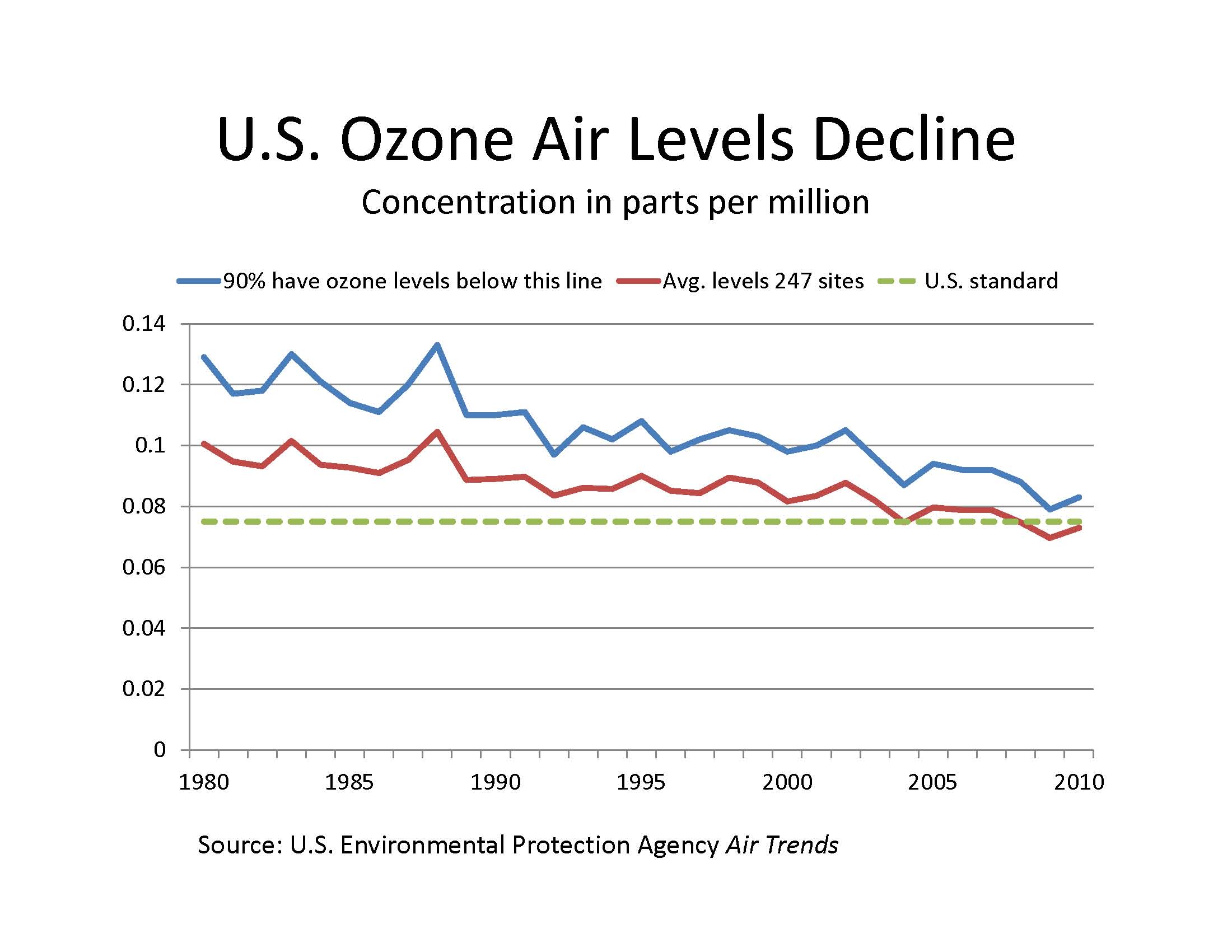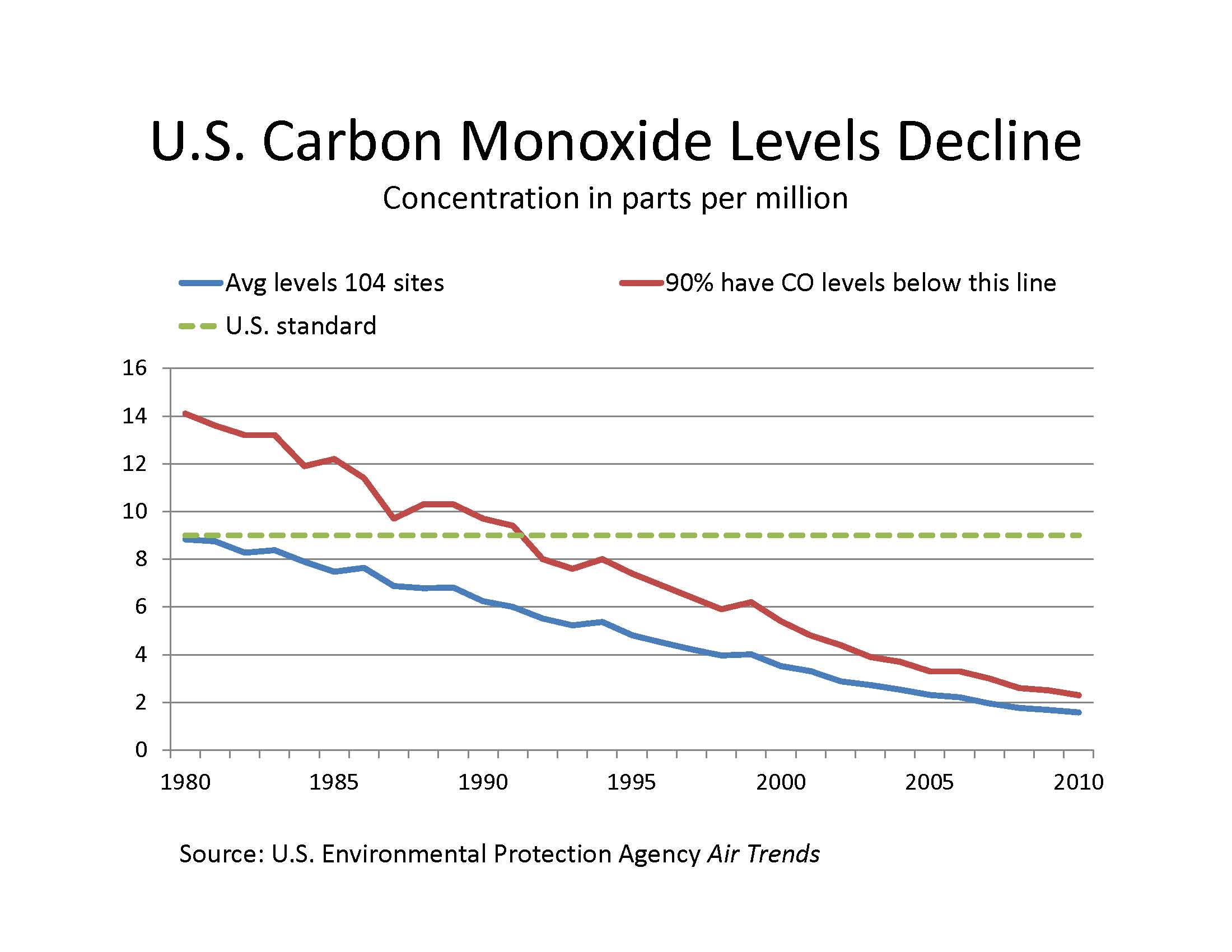Environmental benefits from ethanol
THE AMERICAN EXPERIENCE
beginning with the energy crisis of the 1970s, the adoption of ethanol in the United States was characterized by fits and starts as ethanol supporters and opponents made claims and counterclaims about its environmental and renewable energy benefits. However, research is now confirming ethanol’s multiple environmental advantages.

carbon monoxide and ozone
The Clean Air Act requires the blending of gasoline with an oxygenate (like ethanol) for use in US cities that do not meet the standards for carbon monoxide and ozone. Additional oxygen allows fuel to burn better, thereby reducing emissions. This has prompted the adoption of ethanol in one metropolitan area after another – and the inclusion of ethanol in fuel has measurably helped cities improve their air quality.
“Even adding as little as 10 percent ethanol to gasoline significantly reduces tailpipe emissions of carbon monoxide and non-combusted hydrocarbons,” says Geoff Cooper, Vice President for Research and Analysis at the Renewable Fuels Association.
GRAPH 1.

GRAPH 2.

The US Environmental Protection Agency (EPA) has tracked a substantial reduction in carbon monoxide emissions over the years, with some high pollution areas now meeting Clean Air standards. The EPA’s tracking of 247 monitoring sites from 1980 to 2010 also shows dropping ozone levels in 90 percent of the sites (see graph 1). The progress is even more evident for carbon monoxide, where average levels are now well below the national standard set by the EPA (see graph 2).
carcinogens and particulates
Removing lead from gasoline forced gasoline manufacturers to look for alternative sources of octane, and there was a significant return to benzene, a known carcinogen. Ethanol, however, delivers very high octane levels from a clean, non-carcinogenic source.
positive energy balance
Probably no benefit has been more hotly debated than the question of ethanol’s energy balance. Specifically, opponents have claimed that it takes more energy to produce ethanol than the ethanol delivers in the end. Economists with the US Department of Agriculture have conducted periodic life-cycle analyses to look at the energy used to produce corn, move it to processing plants, and convert it into ethanol.
Their findings show that not only does ethanol return more energy than the process uses, but the rate of return has improved significantly from a 1:1.3 ratio in the 1990s to a 1:2.3 return as of 2008. For some ethanol plants which use biomass as a power source, the energy output ratio is now around 1:2.8. Farmers deserve credit for some of that improvement, according to Cooper.
“The improved efficiency reflects higher corn yields on the farm with no increase in energy inputs such as fertilizer and chemicals,” he explains. “There’s also energy savings from practices like no-till, from more efficient equipment and from new technologies like GPS and variable rate application. In effect, the ethanol plants are getting more feedstock per unit of energy used in crop production.”
Multiple efficiency improvements at ethanol plants also mean far less energy is needed per gallon of output than they used ten years ago. At the same time, the amount of ethanol they produce per bushel of corn has increased from about 2.6 gallons (US) to 2.8 gallons.
Still, critics have repeatedly attacked ethanol’s energy balance. In 2006, researchers at the University of California – Berkeley, made an effort to resolve the issue by looking at six high-profile energy balance studies and assessing their validity. After correcting errors, inconsistencies, and outdated information, they found that all six studies reached the same conclusion: corn-based ethanol has a positive energy balance and uses much less petroleum than it takes to produce gasoline.
“The people who are saying ethanol is bad are just plain wrong,” said Dr. Dan Kammen, co-director of the Berkeley Institute of the Environment.
greenhouse gas emissions
Climate change, a topic unheard of in ethanol debates 30 years ago, has now made greenhouse gas (GHG) emissions a major environmental concern.
“Ethanol’s GHG benefits stem from the fact that corn is an annual crop that absorbs CO2 while growing,” says Cooper. “That CO2 gets released when ethanol is combusted in an engine and is recycled as atmospheric carbon. It’s a cycle that repeats [with each crop year].” In contrast, burning fossil fuels releases long-stored carbon with no path for it to recycle.
Recent analyses show that ethanol from a typical dry milling plant can reduce GHG life-cycle emissions by 30 to 50 percent, while a Yale University study found ethanol reduces GHG by 59 percent compared to gasoline.
Some of the most efficient ethanol plants that use biomass could reduce GHG emissions by 60 percent, Cooper notes. •







